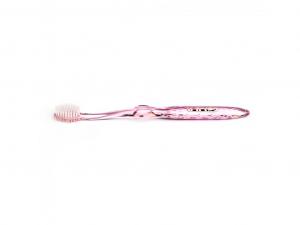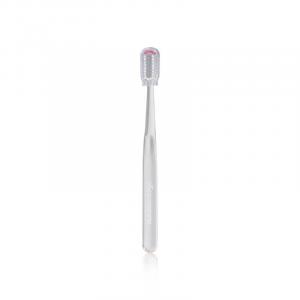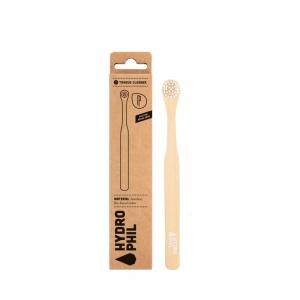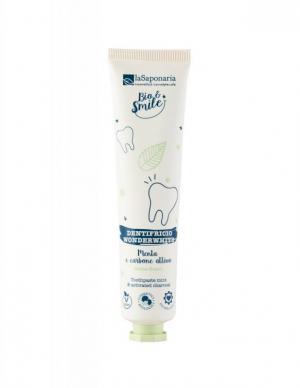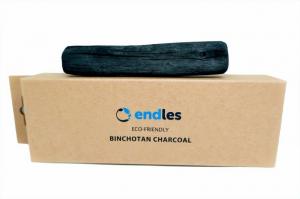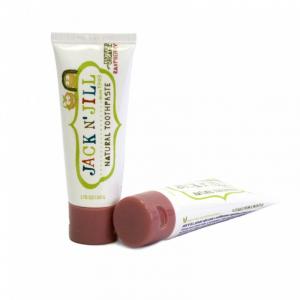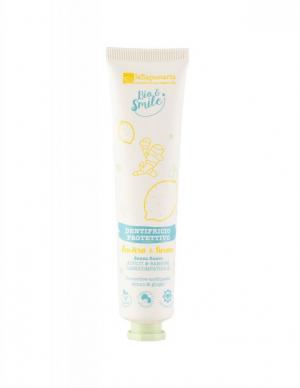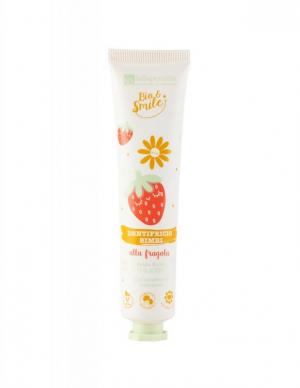
Should we be concerned about the use of dental amalgam?
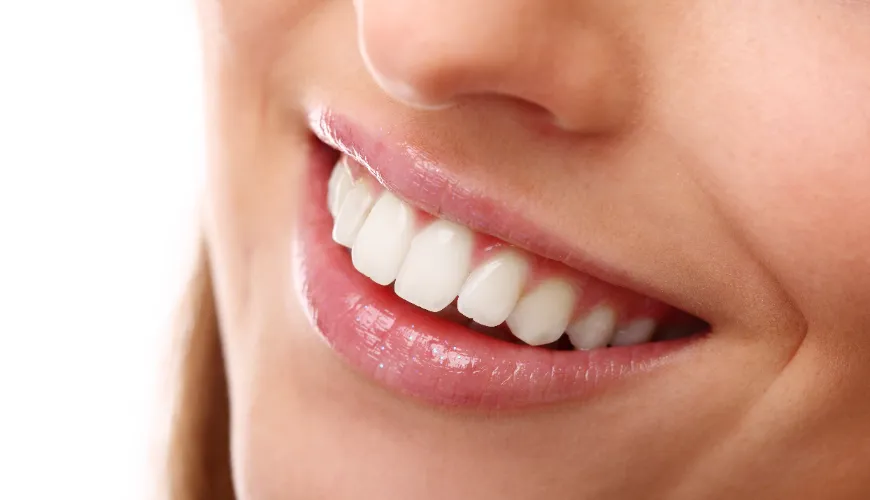
Amalgam - Durable Filling Material or a Threat to Health and the Environment?
Amalgam is a dental filling material with a long and varied history. Since its introduction in the 19th century, it has become a popular choice among dentists worldwide due to its durability, resistance, and relatively low cost. Although amalgam is still commonly used, its safety for both human health and the environment is a hot topic for debate today. What is the real picture of amalgam, and what alternatives do we have?
History and Composition of Amalgam
Amalgam, as we know it today, was developed in the first half of the 19th century and quickly became the primary material for dental fillings. Its composition has not changed much since then—it is an alloy of mercury (approximately 50%), silver, tin, and copper. This combination ensures that the material is strong enough to withstand the high pressures exerted on back teeth during chewing.
Mercury in amalgam acts as a binder, allowing the individual metals to be combined. This creates a material that is easy to shape during application but becomes extremely strong and durable once set. This combination of properties makes amalgam an attractive choice, especially for large and heavily loaded dental fillings.
Try our natural products
Advantages of Amalgam
Amalgam has gained popularity mainly due to its durability and ability to withstand intense stress. Compared to modern alternatives, such as composite fillings, amalgam has a longer lifespan, often exceeding 10 to 15 years. This durability is one of the main reasons why amalgam is still preferred in many countries, particularly in cases where the strength and durability of the filling are crucial.
Another advantage is the cost. Amalgam is significantly cheaper than many modern filling materials, making it an accessible option for a wide range of patients. This is particularly important in areas with limited access to more expensive alternatives or in countries where health insurance only covers basic care.
Controversies Surrounding Amalgam Safety
Despite its advantages, amalgam is often criticized for its mercury content, which is a toxic substance known for its harmful effects on health when exposed in excess. Critics of amalgam argue that even small amounts of mercury released from amalgam fillings during their lifespan can cause various health problems.
The most commonly mentioned issues include neurological disorders, such as memory and concentration problems, or autoimmune diseases. Some studies also suggest a possible link between mercury exposure and an increased risk of developing kidney problems. Particularly concerning is the potential impact of mercury on the fetus during pregnancy, which has led some countries to restrict the use of amalgam in pregnant women and children.
On the other hand, many experts, including the World Health Organization (WHO), argue that the amount of mercury released from amalgam fillings is too small to cause health problems in most people. Nevertheless, the question of amalgam safety remains open and a subject of ongoing research.
Try our natural products
Environmental Impacts and Responsibility
Besides health issues, amalgam is also a topic of discussion due to its environmental impact. Mercury, a key component of amalgam, is highly toxic to ecosystems. If mercury enters the environment, for example, during the disposal of medical waste or the removal of old amalgam fillings, it can contaminate water sources and soil.
This contamination can have far-reaching impacts on wildlife and human populations that rely on these resources. Some countries have therefore adopted stricter measures for handling amalgam and are exploring ways to reduce its use and replace it with more environmentally friendly alternatives.
Modern Alternatives
In response to health and environmental concerns, dentistry is evolving towards the use of more modern materials that are both safer and aesthetically pleasing. Composite fillings, made from resins, are one of the most common alternatives to amalgam. These fillings can be colored to match the natural shade of teeth, making them attractive to patients who care about the appearance of their smile.
Another popular alternative is ceramic fillings. These offer high durability and aesthetics, but they are significantly more expensive than amalgam and often require more dental visits for their production and installation. Gold, historically used for dental fillings, remains an option for those seeking exceptional durability and willing to pay a higher price.
Prevention: The Key to Dental Longevity
Whether you choose amalgam or one of the modern alternatives, the cornerstone of dental health is prevention. Proper oral hygiene is the most effective way to prevent dental caries and thus the need for dental fillings. Regular brushing with a quality toothbrush, using fluoride-containing toothpaste, and supplementary tools like interdental brushes and mouthwashes can significantly contribute to maintaining a healthy set of teeth.
Try our natural products
Toothbrushes play a key role in daily dental care. Modern toothbrushes are designed to effectively remove dental plaque without irritating the gums. Choosing the right toothpaste is equally important; fluoride toothpaste helps strengthen tooth enamel and protects teeth from decay. Mouthwashes can also help fight bacteria and gum inflammation.
Amalgam, although historically a proven material, presents certain health and ecological challenges that cannot be overlooked. Modern dentistry offers a wide range of alternatives, allowing patients to choose filling materials based on their needs and priorities. It is important to make an informed decision that considers both health aspects and personal preferences and financial possibilities.

